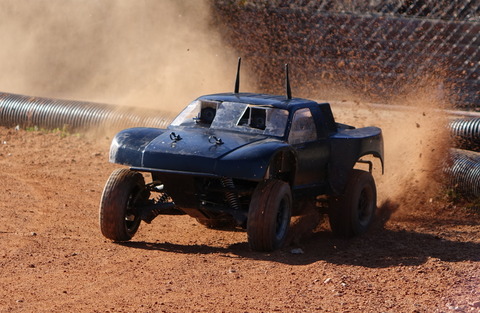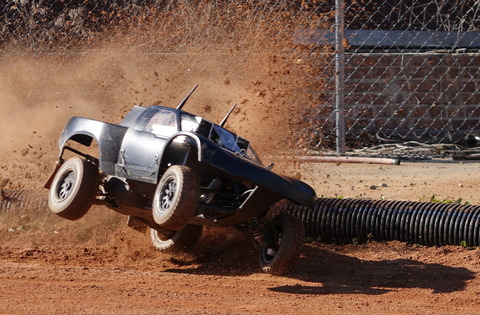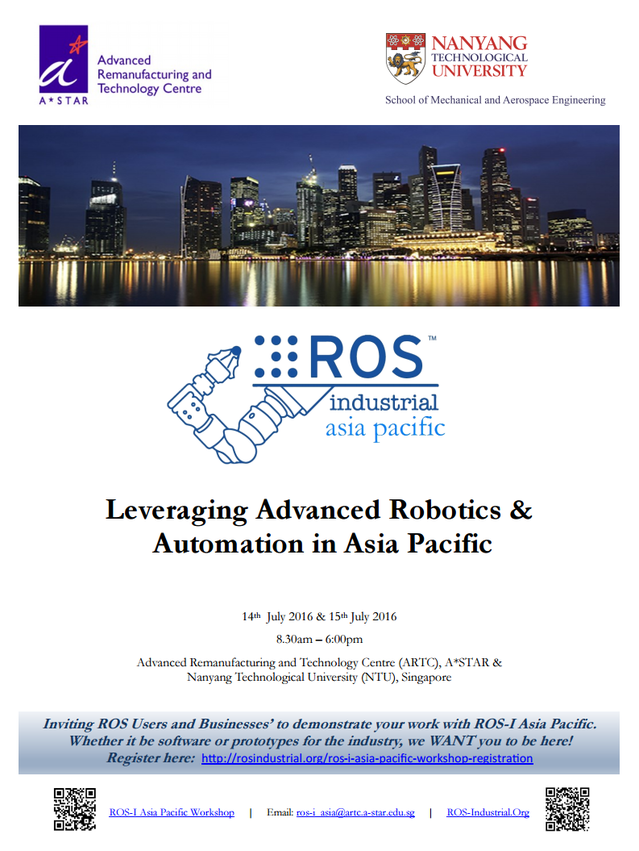From NXROBO and ExBot Robotics Lab:
"Spark" is a series of ROS courses co-organized by NXROBO and Exbot Robotics Lab in order to promote the ROS and robotics in China.
The first "Spark-8" course had 8 basic lessons to help fresh-hands learn ROS step by step, while the complete "Spark-20" course had 20 lessons, from basic ROS programming skills to advanced applications such as simulation, SLAM, navigation and so on.
After months of preparation, the project started on the 5th of March, at the Open Source Maker Space in Shenzhen, China. A second session of the project was kicked off on May 21st, at ShenZhen University. Future sessions are expected to be hold in Beijing, Shanghai, Xian, Wuhan.
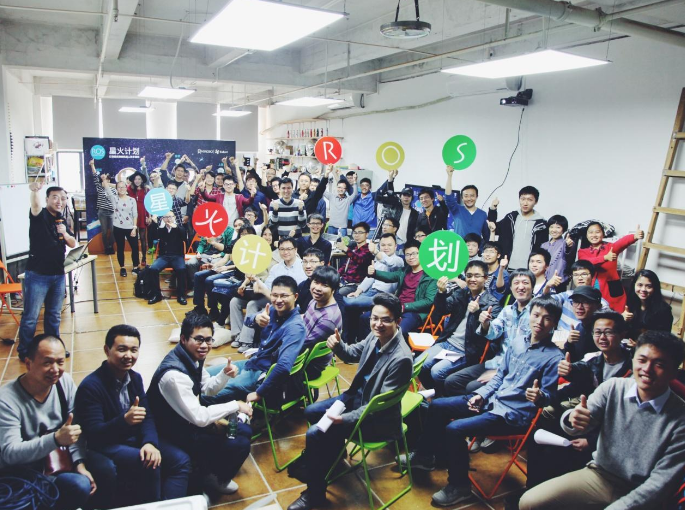
"Practical and effective" was the main topic of the project. NXROBO and Exbot tried to emphasize the combination of the theory and the practice in a learning-by-doing approach: They took a concrete robot as the model, simulated a real R&D scene, provided first-hand experience of the robotics R&D process, solved the practical problems effectively which ROS amateurs confront. The other distinguishing feature of the Spark Robot Club was a technology exchange platform which gathered top talents of ROS users with practical experience.
The "Spark" initiative became a hot topic in the chinese robotics industry once launched which was beyond expectation. More than 300 people joined the "Spark Robot Club" and the number still keep increasing, from newbies to a savvy specialists. There are members who even came to participate in the event from distant regions in China, including Beijing, Ningbo, Hunan or Guangzhou.
Dr. Tin-Lun Lam (CEO of NXROBO) acted as the tutor of the first course. He has more than ten years of R&D experience in the field of robotics and his exhaustive R&D projects including telepresence robot, tree-climbing robot, four-wheel independent steering and driving vehicle, unmanned sea surface vehicle, 6-axis industrial robotic arm and rescue robot.
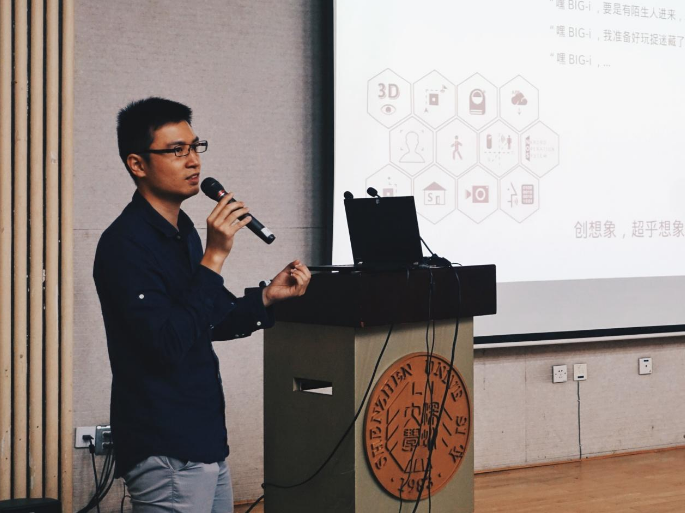
In the workshop, Dr. Lam gave an introduction of ROS, its background and development, the design idea and the core concepts. On the other side, Dr. Lam demonstrated the communication mechanism of ROS by accomplish practical operations, gave an in-depth explanation of the basic topic/service of ROS communication layer model and a navigation application on a real robot. In the after-course exchange, Dr. Lam shared his experiences and ideas with the trainees and specialists.
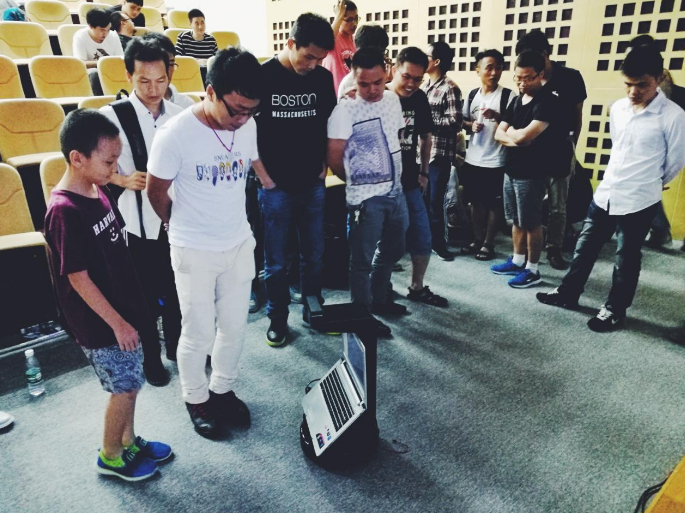
On May 21st, the second open course was held in the auditorium of science building at the University of Shenzhen. Generally, the situation of the robotics education in chinese colleges is fairly harsh and the course materials are rarely updated. Furthermore, courses do not generally involve real robots to assist in the teaching/learning process therefore, NXROBO and ExBot put months into coming up with a ROS training that addressed all these issues.
While highlighting the theoretical aspects, they emphasized the concrete object demonstration to solve the practical problems of the ROS amateurs.
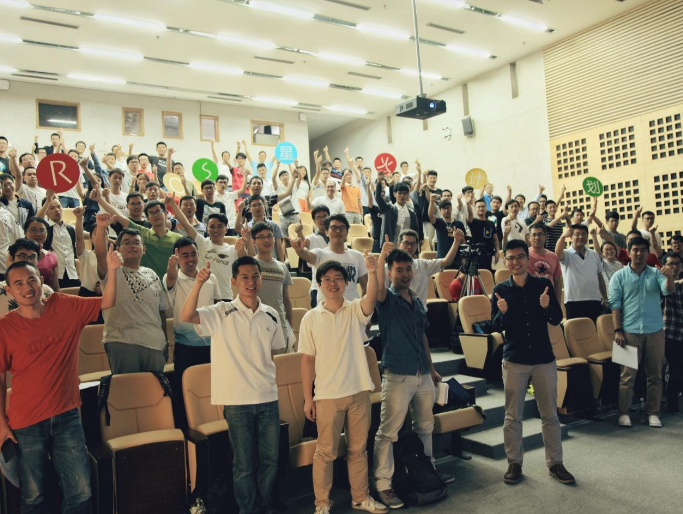
More open courses will be held by NXROBO and ExBot in different regions separately. NXROBO is looking for those who would like to devote themselves to the robot industry to act as tutors, help ROS gain ground among chinese robot amateurs and ultimately promote the development of robot technology.
More information about "Spark" and organizers:











